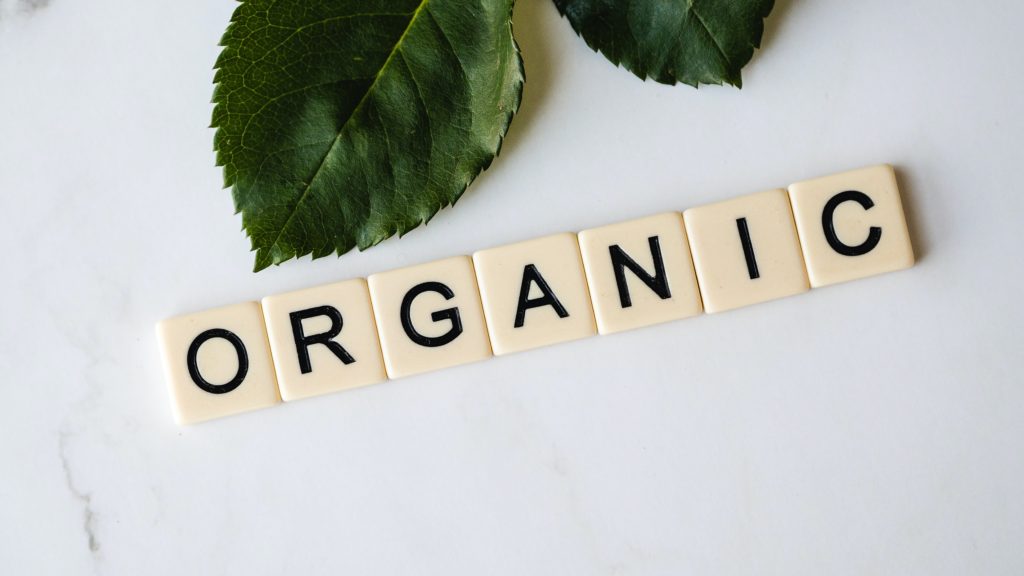What are bioplastics, and how do they figure in today’s manufacturing of plastics? Do all bioplastics decompose, like kitchen litter? We look closely at the purpose of bioplastics, how they are made, and what we can do to help mother earth.
What are bioplastics? Bioplastics are monomers and polymers that are manufactured with biomass feedstock instead of petroleum distillates. In recent decades, the cost of oil and its byproducts and the mounting international pressure from environmental groups have sent researchers into overdrive into finding better alternatives for plastic.
We would be giving up many conveniences if we gave up plastic immediately, so this isn’t the way to go. Major industries, especially those in the food industry, are extremely reliant on plastic packaging.
So, the race is on for the most environmentally friendly plastic manufactured from biomass instead of petroleum raw material. Today’s blog will discuss how bioplastics came about and how bioplastics fit into the global manufacturing grid.
Where Is Bioplastic Found?
Bioplastics have been in use for years, so you’ve probably handled some of them without really realizing that you are no longer using conventional plastic. By 2017, the market for biodegradable plastic products has expanded so much.
The market now includes automotive production and the transport sector, textile production, consumer goods, horticulture, agricultural implements and tools, and more. What’s fascinating about bioplastics is their original forms never limit them. Bioplastics can be combined with different chemical compounds like metal oxides to become more durable and more appropriate for specific uses.
The electronics industry has recently begun embracing bioplastics to increase their dedication to more sustainable manufacturing practices. Since PLA and other bioplastics can be recycled, nature wins on several fronts.
Bioplastics are now used for manufacturing circuit boards, casings for different kinds of products, and more. The main benefit of using bioplastics is that they are also durable and lightweight, much like yesteryear’s conventional plastics. Furthermore, bioplastics can also be injection molded, so they shouldn’t be a pain to introduce to the electronics assembly line.
Foodservice is one of the first industries to improve its use of plastic, mainly because it is one of the biggest ‘donors’ in producing plastic waste. Restaurant utensils and other common items used in serving food are now being manufactured using bioplastic. Another industry that has now deployed bioplastics to the furthest areas of use is the medical industry.
Bioplastics are used to manufacture medical suturing supplies, as bioplastics can be entirely safe for humans and nontoxic for the body. These robust medical devices are used for a variety of purposes, from surgery to delivering medication. Bioplastics easily repel bacteria, and they remain physically stable for months until the body heals.
And finally, we have the final frontiers of the automotive industry and aerospace production. Can plastics manufacture from organic biomass match the robustness and durability of conventional monomers and polymers?
It’s hard to imagine that something originally derived from taro chips or cornstarch can one day be used for panels and fittings on a rocket. But yes, it is possible to do it. Only time will tell what marvels we will discover as researchers continue to perfect the fine science of making polymers and monomers from carbohydrates.
Where Was the First Bioplastic Made?
Who found bioplastic?
Bioplastic is hardly a new invention. If we go by substances that predate the more modern bioplastics production, then the first formal bioplastic was first discovered by Maurice Lemoigne, a French scientist. Lemoine first made his discovery in 1926.
If bioplastic was discovered this early, then why didn’t anyone make an effort to synthesize it? The answer is simple economics. Petroleum products were relatively cheap, so there wasn’t any immediate need to do more research on how bacteria can turn carbohydrates into plastics. Truly, if people only had more foresight several decades ago, we probably would be in a different place now.
Molecular genetics gave rise to more technologies that paved the way for the full development of modern bioplastics. It needed time because back in the 1920s, science wasn’t yet that well-established, and people had other priorities.
How Are Bioplastics Formed?
Bioplastics are essentially plastics that were developed without the help of oil or petroleum. These plastics were created partly to address the global need for plastic that will degrade in weeks or months, and not centuries. The most common method of manufacturing bioplastics is fermentation, which reduces sugars to a chemical that can then be combined with other reagents to produce plastic. Bioplastics have structures that are quite similar to conventional plastics, and in terms of usefulness and durability, they are the same.
Types of bioplastics
The most common type of bioplastic is the starch-based bioplastics that are manufactured from cornstarch. Take note that the term bioplastic refers to a family of different plastics that are manufactured from biomass. They have different characteristics, and each plastic is geared toward a particular use. Even within one bioplastic class, there will still be differences in the final blending of the bioplastic.
There are also bioplastics made with protein. The protein is derived mainly from milk and casein. Another common class of bioplastic is created from the cellulose of plants. The esters from cellulose and other derivatives are fermented and transformed into plastics.
Advantages of bioplastics
All genuine bioplastics can be degraded in just months as long as there is a recycling facility. Bioplastics need bacteria, heat, and oxygen to decompose. Keep in mind the genuine bioplastics are different plastics that are only partly manufactured with bioplastics.
Is Bioplastic Biodegradable?
Yes, genuine bioplastics are biodegradable. However, specific conditions have to be met first before the material begins to degrade at the rate that we want. Bioplastics in the ocean, for instance, will not decompose even with the presence of water. Unlike organic waste like kitchen refuse, bioplastics like PLA do no respond to water. They can absorb water a little, but the absorption doesn’t pave the way for the quick decomposition of the bioplastic at all.


